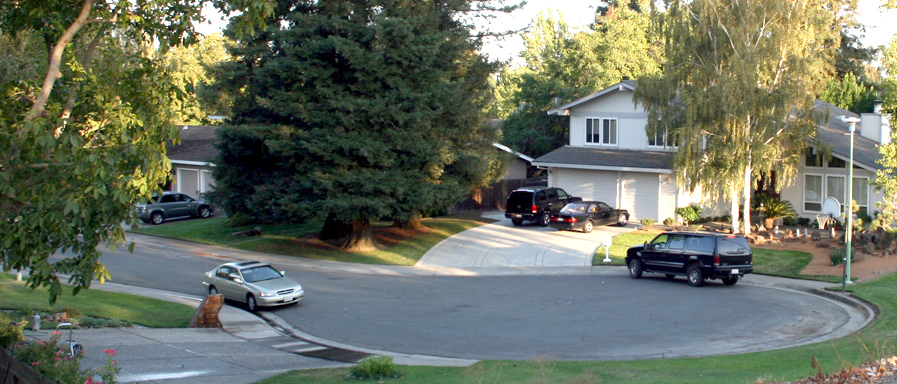Cul de Sacs are a Dead End

Cul de Sacs are a familiar feature of suburbia. They are also coming under increasing attack, according to TNR:
So, for instance, one study of the city of Charlotte found that places where the streets weren’t very well connected (thanks, in part, to the heavy use of cul-de-sac) required a lot more fire stations to be built, costing the area more money. Another study found that areas with poor connectivity have much worse congestion—up to 80 percent worse—because the main roads and arteries are more likely to get clogged. So it’s not just that cul-de-sac layouts dissuade people from walking or biking; they also seem to be imposing costs on local governments. Though it’s unclear whether this backlash is a growing trend or just a few isolated incidents.
For a more detailed discussion, look here. And in the meantime, avoid those suburban dead ends!
Reader Comments
One Reply to “Cul de Sacs are a Dead End”
Comments are closed.






Dan,
Interesting post. But as a satisfied cul de sac resident, I have to disagree with the blanket assertion that cul de sacs discourage bike and pedestrian traffic. As usual, it depends. My neighborhood in Davis is great for biking or walking because the cul de sacs adjoin a network of greenbelts and parks with bike paths that provide easy (and car-free) access to key employment and shopping locations. I don’t know what the fire chief thinks, but even timid bicyclists like me are not discouraged. That’s in contrast to the traditional straight-street grid of downtown Berkeley, where I wouldn’t bike on a bet.